Sharing recipes
"Our China team shared a recipe with them for making wowotou — that's a type of steamed corn bread. The U.S. experts are using our recipe and methods to whip up their own local panda bread. It seems like the pandas are really taking to it, which is great," she said.
Wendt introduced the pandas to the public and pointed to the sleepy panda lying on his back.
"Yun Chuan, he is what you call a laid-back panda. He particularly likes to sleep in the morning. He'll sit up, explore a little bit, and then roll over and find a snack," Wendt said.
"His priorities are sleeping and eating his bamboo, taking that midday nap, and going back to some bamboo (to) eat again. Very chill panda."
But Xin Bao is quite different.
"She is a very playful panda, super curious as well," said Wendt, adding that she is an "excellent climber".
"I cannot wait for the public to come here to the San Diego Zoo and experience these vibrant personalities," he said.
Xin Bao has a round face and big ears, while Yun Chuan has a long, slightly pointed nose tip.
The two pandas' names also have a special bond with the city of San Diego.
"Xin Bao" means a "precious treasure of prosperity and abundance", and the Chinese character xin is made of three jin, which is the Chinese character for gold, a tribute to the Golden State, California.
"Yun" means "cloud" in Chinese, a name that comes from his maternal grandmother, Bai Yun, the former superstar at San Diego Zoo, who gave birth to six cubs during her 23 years there.
"It's reigniting this partnership with our partner, the China Wildlife Conservation Association, and that's tradition and collaboration," Wendt said. "It's really an electric time here at the San Diego Zoo!"
He said the China and U.S. teams have been working closely, not only sharing physiological information, breeding attributes and bamboo preferences, but also information on panda genetic information, mating and breeding.
"That's so much more we can do, so we can't wait to help further our partnership and the support for these amazing animals," he said.
Experts from China will be with the two pandas for a full transition and ensure their growth and health along with the local team.
"China and the U.S. have carried out extensive work on panda scientific research and conservation cooperation. It's been 30 years since the collaboration began in 1994," Li Desheng, deputy director of the China Conservation and Research Center for the Giant Panda, told China Daily.
"Over the years, we have made significant progress in panda husbandry, disease prevention and control, and various field research aspects," Li, who first visited the San Diego Zoo in 1999, said.
"Especially in our efforts in managing pandas' health, our collaboration has improved the health conditions of pandas and continuously extended their average life span. This cooperation has also enhanced the understanding of pandas among the public in both countries.
"I believe that with a new round of panda cooperation, we can explore more areas of joint work. Regarding the construction of panda national parks, I think both China and the U.S. have many common ideas — how to protect pandas and other wildlife, and how to develop national parks effectively — these are areas where we look forward to more cooperation in the future."
Megan Owen, vice-president of Wildlife Conservation Science at San Diego Zoo Wildlife Alliance, told China Daily that there is a long history of collaboration toward panda conservation and this is the beginning of a new chapter.
"Everyone is ready to see the pandas. Giant pandas are such a great ambassador for conservation," she said.
Owen said her team has been working on conservation applications.
"We have a big focus on conservation technologies, and innovating new technologies that help us study giant pandas in their native habitat is a big part of what we hope to do," she said. "And then we have a big focus on wildlife health, and making sure we understand what it takes to keep giant pandas healthy."
The first panda cub born at San Diego Zoo, Hua Mei, was conceived through artificial insemination. She was also the first panda cub born in the U.S. to survive to adulthood and has gone on to produce 11 cubs of her own in China.
Fruitful cooperation
Over the past three decades, cooperation between China and San Diego Zoo has been fruitful, helping increase survival rates for panda cubs from around 10 percent to more than 90 percent.
In an interview with NBC 7 San Diego that aired on Thursday, Chinese Ambassador to the U.S. Xie Feng said the pandas "reflect our two peoples' aspiration for friendship and exchanges, and also the world's longing for peace and cooperation".
"I encourage our American friends to care for China-U.S. relations just as you care for pandas, cherish the friendship between our two peoples just as you cherish pandas, and protect world peace just as you protect pandas," Xie said.
" (Children) were taken to the zoo to see pandas by their parents. They become parents, and they are taking their kids with them to the zoo to see pandas," Xie told China Daily.
At the Panda Ridge opening ceremony on Thursday, Newsom said this is a celebration of common humanity and the things that bind both China and the U.S. together.
"This is about something much deeper, much richer, than just the two beautiful pandas we celebrate," Newsom said.
Xie said China-U.S. cooperation on panda conservation will not cease, people-to-people exchanges and subnational cooperation will not stop. And once opened, the door of China-U.S. friendship will not be shut again.
"We warmly welcome Californians and other American friends to go to China, and see firsthand how incredible the home country of pandas is," he said.










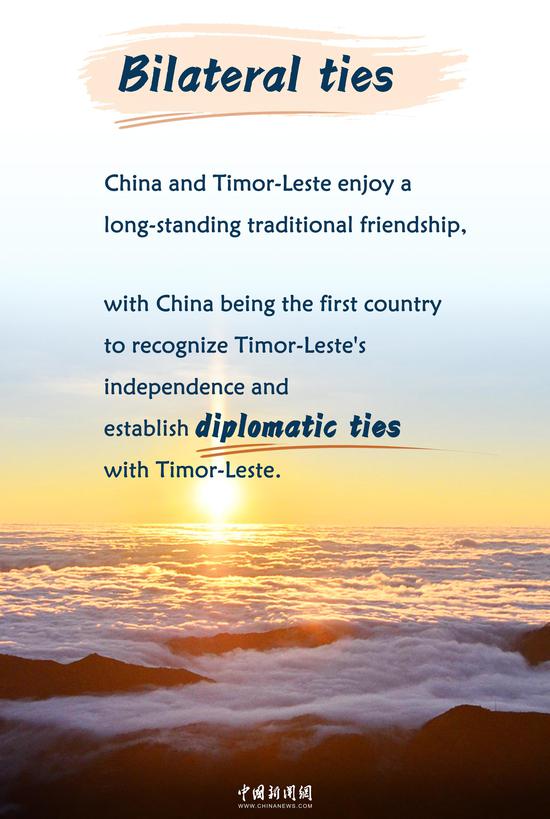





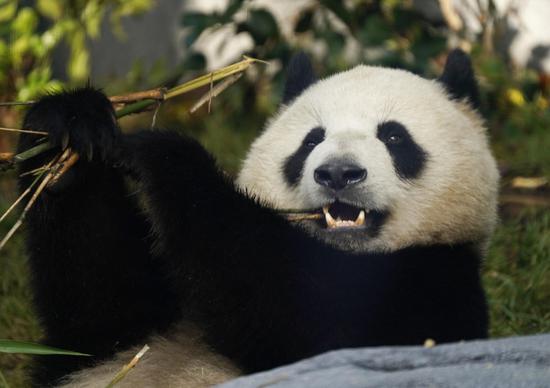
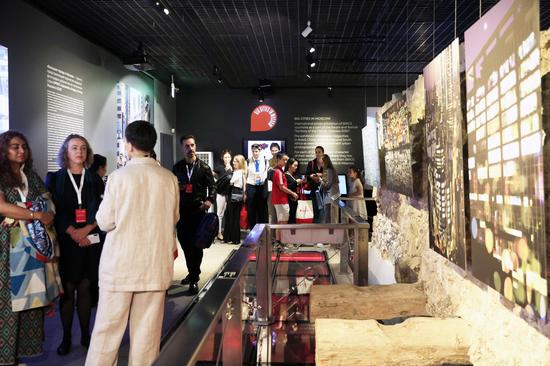




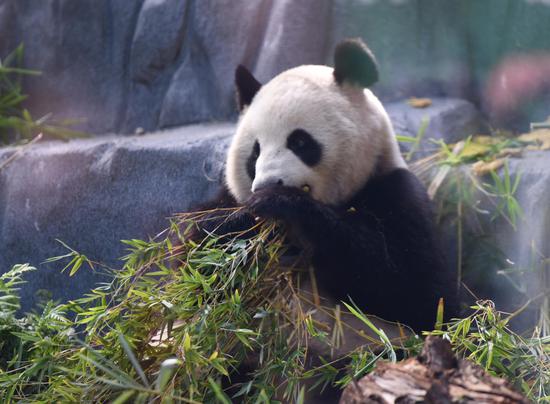
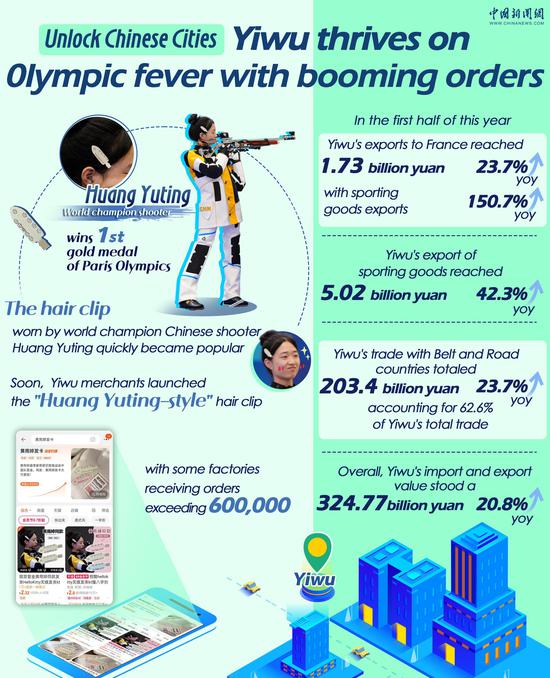











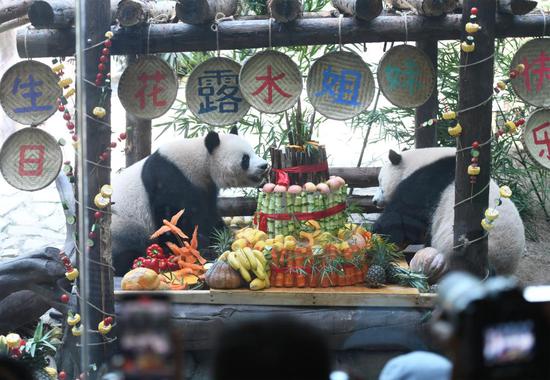


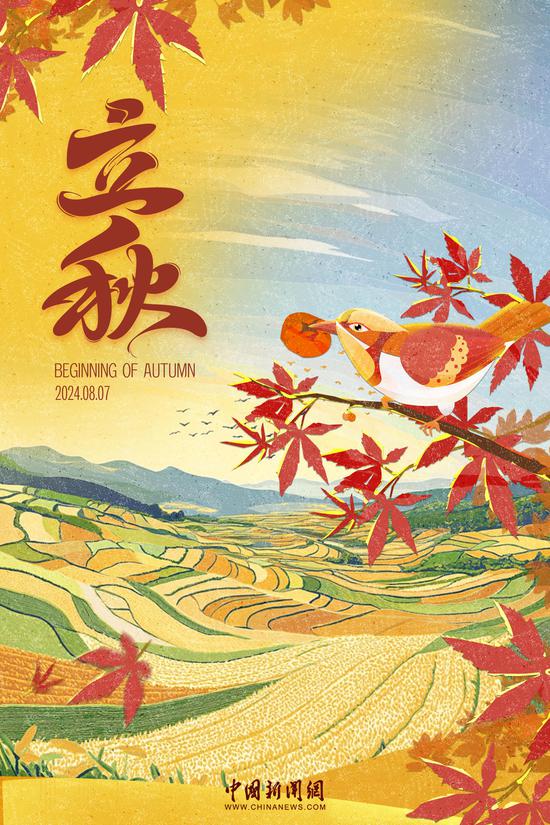
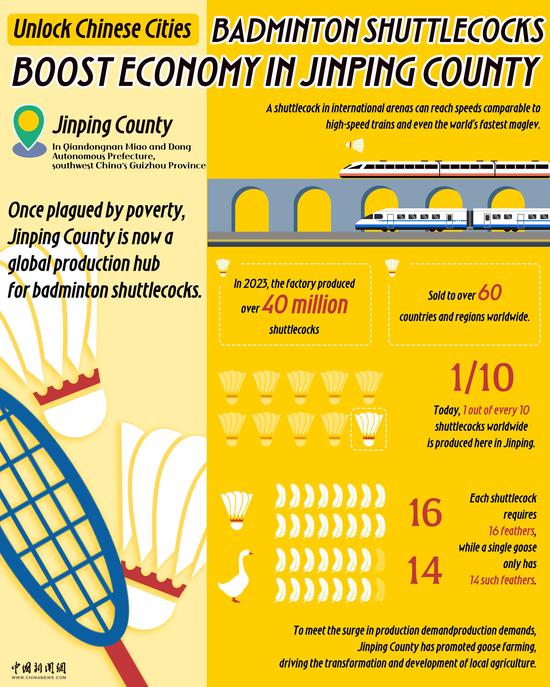






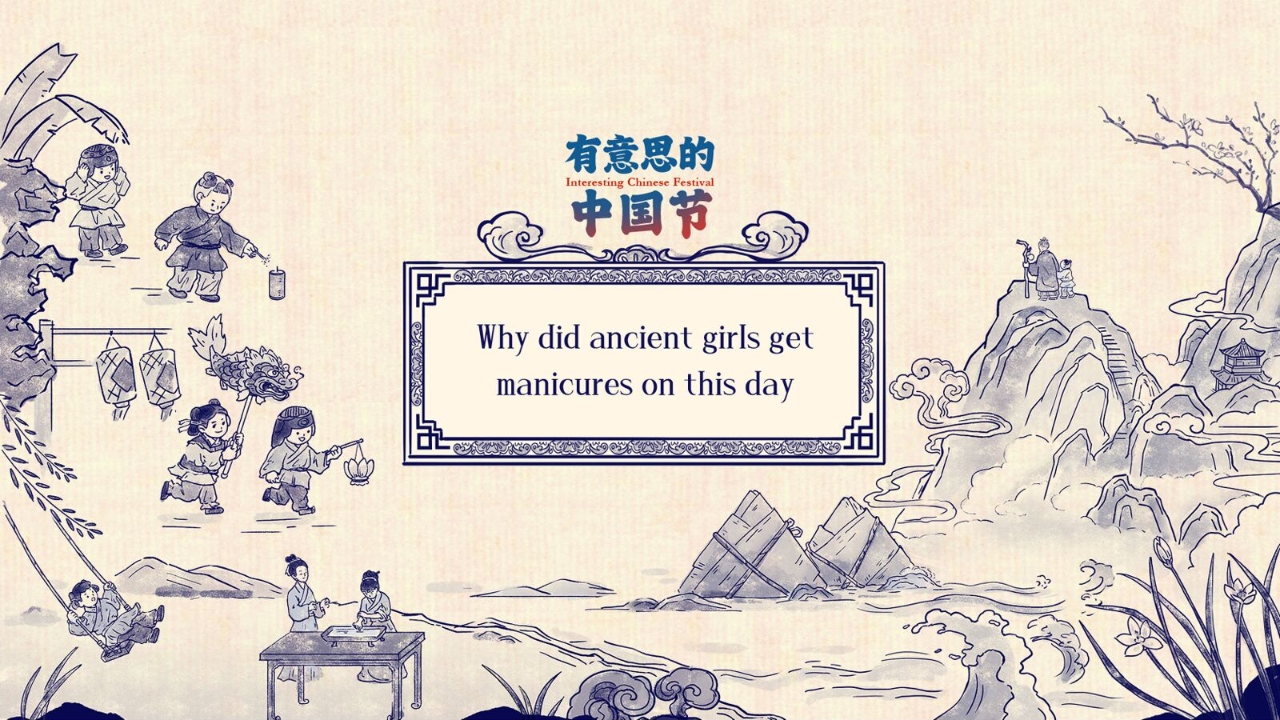



 京公网安备 11010202009201号
京公网安备 11010202009201号